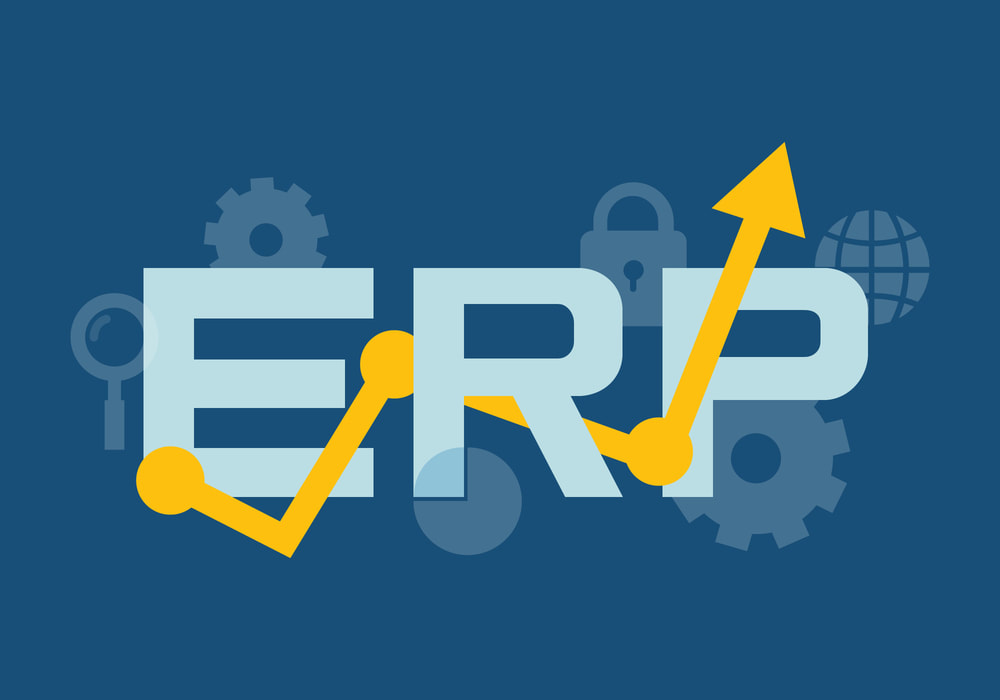|
It makes sense for Microsoft, the world's largest tech firm, to sell its own version of ERP [1]. Microsoft Dynamics was first made available in 1993 [2]. It has undergone major improvements and updates since then, largely to keep up with the numerous other ERP software vendors that have joined the industry. So, how does Microsoft Dynamics compare to the competition? Here's how Microsoft Dynamics stacks up against other ERP apps. Options for a Variety of Business Sizes and OperationsMicrosoft Dynamics has four ERP solutions: AX, NAV, GP, and SL, as well as CRM applications (Microsoft Dynamics CRM) and retail software (Microsoft Dynamics RMS). While none of the four ERP solutions are capable of handling any market scale, GP, NAV, and SL are more suited to small to medium-sized enterprises. AX is the preferred choice for multinational corporations with various branches and/or nations. Each ERP has its own set of features that are tailored to specific market segments. NAV provides work assistance, which is often needed in the production and delivery sectors. GP excels in human resources and financial management. SL is ideal for project-based businesses such as building firms. This range of choices makes it easier for businesses to decide which ERP approach can better meet their needs. Implementation and IntegrationDynamics can be challenging to incorporate. One explanation is that it is a costly and complicated ERP system. If the original parameters are mistaken, the effects can be costly in the long run. These mistakes can be noticeable only in retrospect. It is not advisable to attempt to incorporate without the assistance of a professional. Though Microsoft has a large number of value-added resellers (VARS), it can be difficult to find someone who is knowledgeable about Dynamics and the industry. Dynamics seamlessly integrated with other Microsoft apps that you are likely to already use, such as QuickBooks, Outlook, Excel, and Word. This streamlines operations and boosts work productivity. Additionally, this enables the staff to view and use Microsoft applications without leaving the ERP software. Integrating ERP systems with other Microsoft products is often a complex and time-consuming task. Customer SupportIt is critical to ascertain the quality of service that would be provided by the vendor. As previously said, dynamics is a complicated and difficult programme. After the initial rollout, staff may need direction and assistance. Larger organizations that use AX will discover a plethora of professional customer-focused VARs in the industry. They will provide training and assistance on-site. Small companies, on the other hand, often have to rely on Microsoft's rapid deployment tools. Often, teaching does not extend beyond self-service training recordings. Your workers can be left with more questions than responses as a result of this. Microsoft Dynamics IntuitionUse the Dynamics artificial intelligence well, which includes Azure Machine Learning and Power BI. This massively improves the system's insight. Will the staff have access to client emails, purchases, and other relevant data? As a result, you can make precise assumptions and draw conclusions about the client's needs. Businesses benefit from streamlined procedures and lower costs. Dynamics is Compatible With Legacy SystemsWhen switching to an enterprise resource planning (ERP) system, compatibility with the legacy system is important. Regrettably, not all ERP implementations are interoperable with legacy systems. Dynamics has shown the potential to work with certain older devices. This will ease the process by saving time, money, and commitment. Again, having an expert guide you through this step is important. Microsoft Dynamics Features That Are Beneficial Prevents the Dynamics of Businesses by including a wide variety of productivity strategies that can improve any part of the enterprise.
Dynamics has a wide range of features. Businesses can complete valuable activities like general ledger management, revenue, and financing. Manufacturing is capable of managing the supply chain, the timetable, and production preparation. It may also assist human resources by keeping track of employee preparation, growth, and success. Microsoft Dynamics is a powerful enterprise resource planning (ERP) platform in general. However, owing to its difficulty, it necessitates the assistance of a professional. Is Dynamics right for your company? Panorama Consulting will assist you in making this decision.
2 Comments
9/2/2021 09:04:57 am
Thank you for comparing microsoft dynamics with different ERP Solutions. It was really useful for us.
Reply
9/14/2021 05:25:06 pm
I am glad to see that Microsoft Dynamics is a great enterprise resource planning platform and that is quite powerful. That is the kind of platform I need right now. So I'll see what I can do about getting my hands on it.
Reply
Leave a Reply. |
AuthorWrite something about yourself. No need to be fancy, just an overview. Archives
March 2024
Categories |
|
Saudi Arabia
PO Box 12831 2357, Al Malaz - Zaid Ibn Thabit street, Venicia Building, Riyadh, Saudi Arabia. |
United States4008 Louetta Rd
Spring, Texas 77388 USA |
Home
|
Request a demo
|



 RSS Feed
RSS Feed

